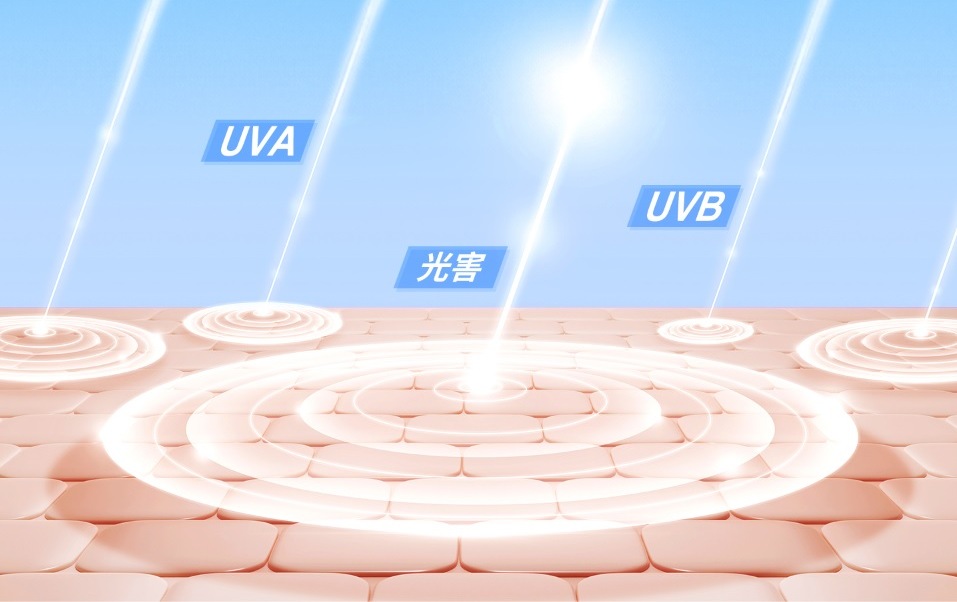Comprehensive Guide to Sunscreens
It’s well-known that the first step in anti-aging and preserving youthful skin is sun protection.
Sunscreen is a must-have to shield your skin from harmful UV rays and keep it looking healthy.
In this guide, we’ll explore the different types of sunscreens, how they work, and some tips of proper sunscreen application.
Types of Sunscreen: Physical vs. Chemical
Sunscreens generally fall into two categories: physical and chemical.
1. Physical Sunscreen
– How it works: Forms a protective barrier on the skin’s surface, reflecting and scattering UV rays.
– Advantages: Typically safer and more stable with natural ingredients, making it suitable for sensitive skin and safe for use during pregnancy.
– Disadvantages: The texture tends to be thicker and may leave a white cast on the skin.
2. Chemical Sunscreen
– How it works: Absorbs UV rays and converts them into heat, preventing damage to the skin.
– Advantages: Lightweight and easy to apply, making it suitable for oily or combination skin types.
– Disadvantages: Certain chemical ingredients may cause irritation or sensitivity, so those with sensitive skin should choose carefully.
Most sunscreen products on the market today combine both physical and chemical filters, but do you know the different textures available?
Different Textures of Sunscreen Products
1. Sunscreen Lotion:
- Description: Lighter in texture, ideal for both face and body application.
- Best for: Those who want a versatile product for daily use on the face and body. Sunscreen lotions are easy to spread and generally work well for all skin types.
2. Sunscreen Cream:
- Description: Richer and more moisturizing, perfect for dry skin types.
- Best for: People with dry or mature skin that needs extra hydration. Sunscreen creams provide a thicker barrier that helps lock in moisture while offering sun protection.
3. Sunscreen Spray:
- Description: Convenient for quick reapplication while on the go. However, be mindful of uneven application—make sure to use enough product for optimal coverage.
- Best for: Active individuals who need a fast and easy way to reapply sunscreen during outdoor activities.Sunscreen sprays are also great for hard-to-reach areas like the back.
4. Sunscreen Stick
- Description: Solid stick form that is easy to apply to targeted areas, such as the face, ears, and shoulders.
- Best for: Sunscreen sticks are perfect for on-the-go touch-ups and can be easily carried in a bag or purse.
Tips for Proper Sunscreen Application
- Apply Generously: Use about a teaspoon of sunscreen for your face and a shot glass-sized amount for your body. Make sure to apply evenly to all exposed areas.
- Reapply Regularly: Sunscreen should be reapplied every two hours, especially if you’re swimming, sweating, or spending extended time outdoors.
- Don’t Forget Commonly Missed Areas: Be sure to apply sunscreen to your ears, neck, hands, and feet—these areas are often neglected but just as vulnerable to sun damage.
- Use Daily: No matter the weather—sunny, cloudy, or rainy—sunscreen should be a part of your daily skincare routine. UVA rays can penetrate clouds and windows, so it’s important to protect your skin year-round.
Choosing the Right Sunscreen
When selecting a sunscreen, consider your skin type, daily activities, and personal preferences.
No matter it’s sunny or cloudy, sunscreen should be a part of your daily routine.
Consistent application and reapplication are key for protecting your skin and maintaining a youthful glow!



